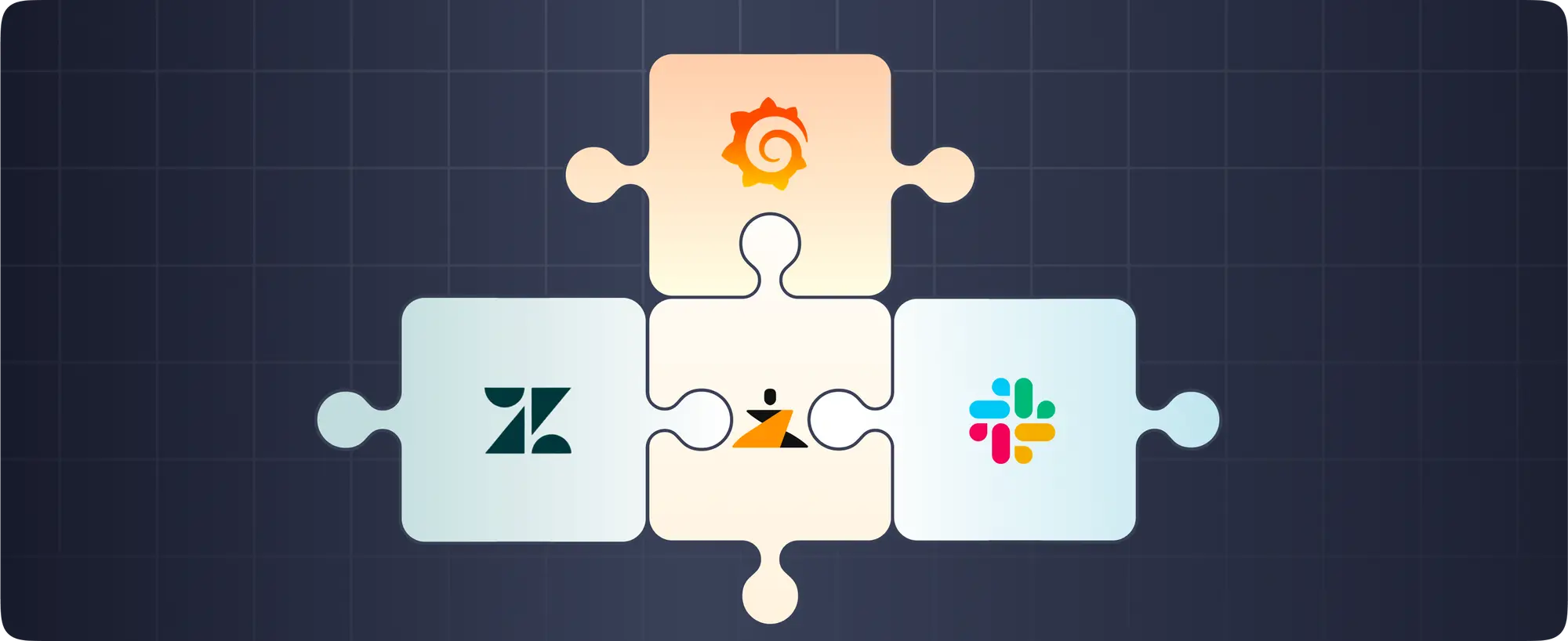Nailing the Incident Management Process
Incident management is a process where a team of engineers working in a firm who identify, analyse and correct such incidents to prevent recurrences. Incidents can make or break organisations. Here are some steps to follow to ensure the smooth running of your incident management system and keeping your customers happy!
Channels
They help in enhancing user’s experience and ensure users are made aware of the channels that will help solve their problems.
• Multiple channels are the best way forward to solving incidents.
They could be of two types:
Tier — A tiered support program usually follows a traditional hierarchy. The first tier is usually a desk team. The second tier is a technical team and the third tier is an app development team.
Swarming— This program focuses on collaborative work to solve incidents quickly. The basis of this support is knowledge sharing and learn more.
The channels must be highly accessible to help educate users on the knowledge base.
Automation-
Automating ensures work is less tedious and boring and also enhances efficiency and productivity.
• Ticket assignment— Allotting tickets to the right agent instantly through automation saves time and helps resolve incidents easily.
• Notifications— Notifying on various platforms will help everyone access the knowledge and the solutions are formed quickly.
• Escalations— Sending escalations through email reminders keeps everyone informed and aware of their duties.
Categorize and Prioritize-
Categorizing incidents helps in analyzing the data and finding trends and patterns among incidents to resolve them easily. Incidents are also prioritized based on their impact and urgency to choose which to solve first.
• Configure SLA — The service level agreement is categorized to decide the response time for incidents based on their priority levels.
Communication-
Keeping everyone informed and communicating efficiently and effectively is the key. This ensures the development of trust between the team and its users.
• Apps— No one lives anymore without a smartphone, thus communication via apps on the phone is the most convenient method of conversation.
• Multiple Notification Channels— Multiple notification channels will ensure no message goes unread and unacknowledged.
• Routine- Communicating in a patterned manner saves time and ensures affectivity.
Train and Practice-
• Record and Train — Recording incidents and the process of resolving them will help in creating training sessions for SRE’s to tackle incidents in a better manner.
• Pre-mortems— Creating incidents just for training and to develop quick thinking skills to solve incidents.
• On-boarding — Adding any agent easily to help resolve the incident if one is not able to do the needful is a must have.
Asset Management-
• Incident association — Identifying the asset that is causing the incident and the one being impacted immediately helps resolve incidents quickly.
• Relationships b/w asset and impact — Able management of assets helps us understand the relationship between assets and in turn with incidents.
• Knowledge repository— A regularly updated and data-rich knowledge repository helps find solutions for incidents that have already occurred easily.
Having a proper incident management system and following it to the t is pertinent for your company’s growth.






